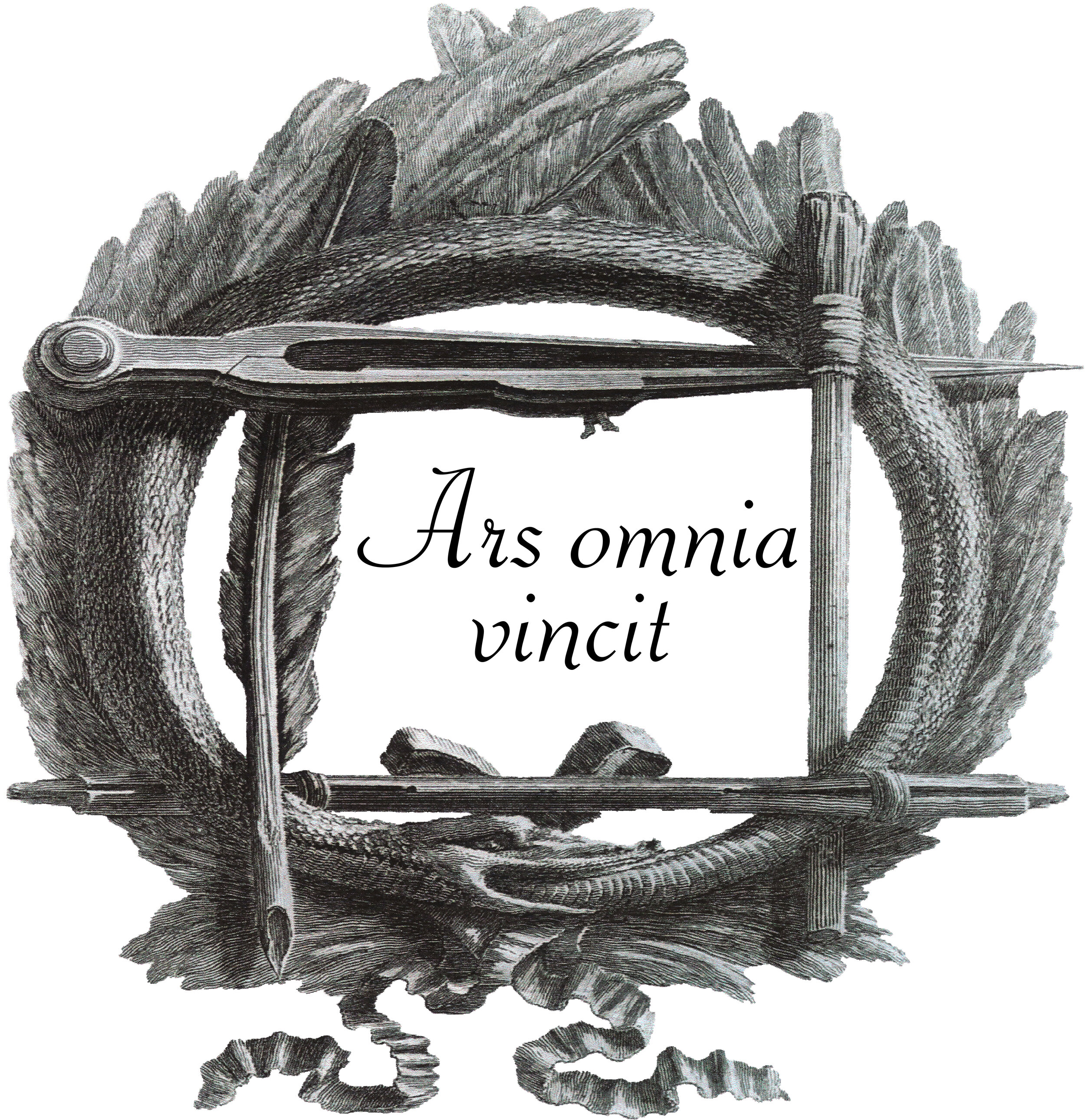"Porta Furba" in Rome, oil on canvas mid 19th cent.
"Porta Furba" in Rome, oil on canvas mid 19th cent.
Oil painting on canvas within antique gilded wood frame, depicting a view of the Fountain of Pope Clement XII and of the Felice Aqueduct at Porta Furba on Via Tuscolana in Rome, animated by various peasants.
European school, probably a French painter, active in Rome in the mid-nineteenth century.
Dimensions 37 x 39.5 cm ca.
Perfect condition, commensurate with age.
Porta Furba (Arch of Sixtus V) is the arc that forms the intersection between the aqueduct Felice and Via Tuscolana near the neighborhood Quadraro in Rome. The work was completed under Pope Sixtus V (Felice Peretti) when in 1585, the pope wanted to undertake the construction of a new aqueduct (aqueduct Felice) to remedy the problems of water supply that afflicted Rome at that time. The construction of Porta Furba would still stylistically reconnect to the school of the ancient Roman architects, who used to create monumental arches where the aqueducts intersected the passage of the great consular roads. The origin of the name of Porta Furba remains uncertain. One theory derives from the presence of thieves and criminals who roamed the area at the time ("furbi", from the Latin fur = thief); others think that the name comes instead from an alteration of the word "form", which in the Middle Ages it was used to give the name to the aqueducts, as they are in fact called in the document of Eufrosino of Volpaia in 1547.
The arch is covered with blocks of peperino and tuff. The keystone, the line of the arch and the frames of the inscriptions are in travertine. The inscriptions are carved on marble and celebrate the construction of the aqueduct.
Fountain of Clement XII Next to the door is the fountain of Clement XII. Initially built by Pope Sixtus V simultaneously wuth the aqueduct Felice, was restored and enlarged in 1733, perhaps the work of Luigi Vanvitelli, during the papacy of Clement XII because of the poor conditions in which it poured. The fountain (formerly called "beautiful fountain") has the appearance of a "mostra ( a female monster)", it is made of travertine and rests on a wall bordered by marble slabs topped by an arched frame; water (in the few periods when the fountain is not without power) comes out from a grotesque winged and pour into a shell from which falls in a large tub raised five steps above street level. In the top center of the frame, it is placed the papal coat of arms, beneath which there is an inscription that refers to the restoration of the aqueduct:
CLEMENS PAPA XII
FONTEM AQVAE FELICIS
IAM DIV COLLAPSVM
PVBLICAE RESTITVIT COMMODITATI
FELICE PASSERINO C.A.C.
ET AQVARVM PRAESIDE
ANNO DOMINI MDCCXXXIIII
There is also the emblem of the mentioned Cardinal Msgr. Felice Passerini, then president of the public water system.
A subsequent renovation was in 1897, by the City of Rome.










